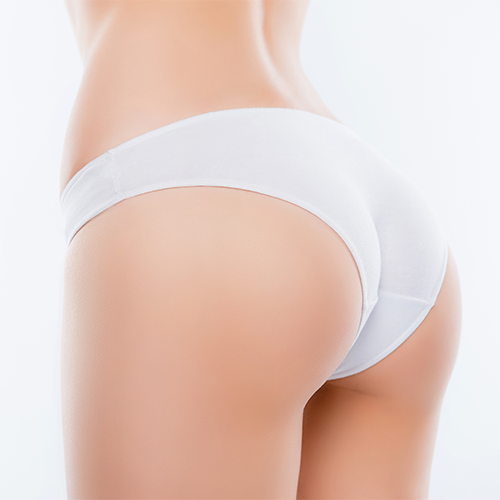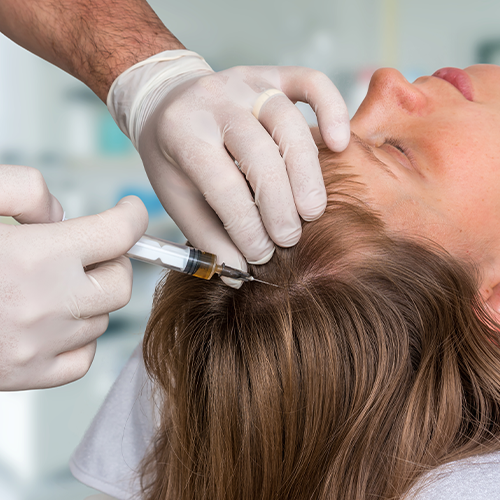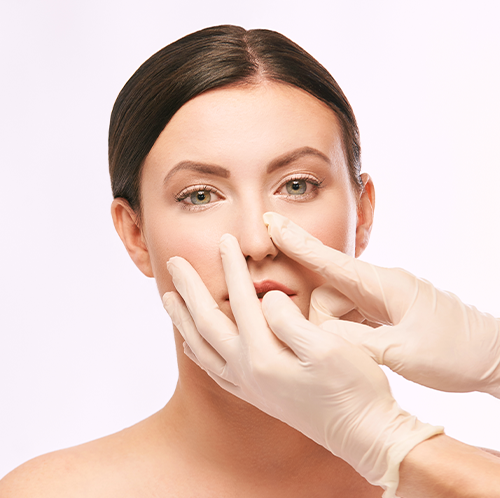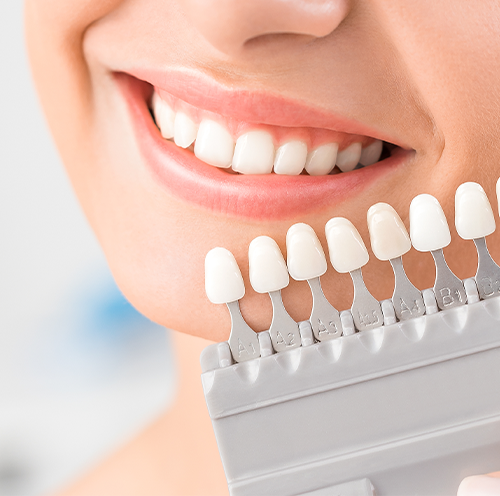
Smile makeover, also known as Smile design is a combination of methods and applications to achieve a beautiful smile that can warm the hearts.
Symmetry of the face, attention given to skincare, shape of the mouth and chin, health of the gums and teeth are all important factors that can make a person look more attractive. Our own self-confidence also adds to them. When planning for the best smile makeover, doctors and dentists work together with the patient to figure out the most suitable methods for the needs of the patient that can also fit the shape of the face and the mouth.
While the patient wants a certain application, some other method can be more suitable for the shape and structure of their teeth. It’s always the best to consult with the doctors before planning a makeover to be able to choose the most suitable, most affordable and most importantly, the best healthier options for the patient.
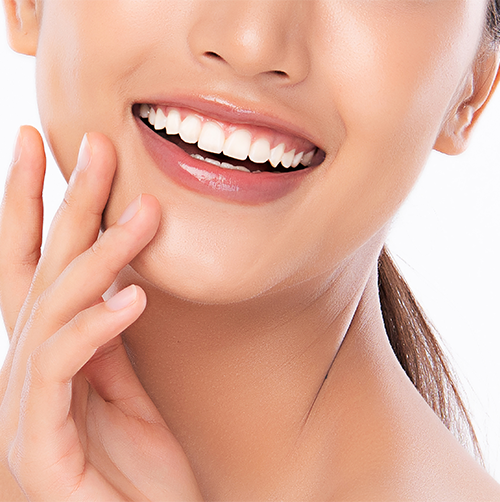 The applications that we use to design a smile for the patient are as follows;
The applications that we use to design a smile for the patient are as follows;
- Teeth whitening/Bleaching
- Porcelain Veneers
- Laminate Veneers
- Zirconium smile design
- Dental Crowns
- Dental Implants
- Dental prosthesis
- Gum contouring/Gummy smile
- Supplementary Face fillers
- Orthodontics
- Root Canal and Fillers
- Dental Scaling (Plaque and tartar cleaning)
Steps to follow for a Smile Makeover:
- Aesthetic expectations and needs of the patient are learnt
- Detailed examination of the mouth and teeth
- Problems are detected in accordance to priority for the health of the mouth and teeth
- Treatment methods are personally planned
- Face, teeth and smile symmetry are digitally designed with computers to have the results virtually simulated
Methods to repair the problematic areas:
- If the gums are unhealthy; gum treatment is recommended
- If teeth are broken, rotten or missing; dental veneers, dental prosthesis, dental implants are recommended
- If the color of the teeth are faded, yellowed or darkened; whitening or bleaching are recommended
- If teeth are overlapping, crooked or slanting; orthodontic treatment with braces are recommended
- If the shape of the mouth/chin/lips are asymmetric; supplementary treatment methods such as face fillers, jawline fillers, lip fillers, lip countering etc. are recommended.
These methods can be combined in accordance with the patient’s needs and desires.
Let’s take a look at some of the methods that can be used in designing a smile;
-
Porcelain Veneers
High quality porcelain veneers are used to cover the teeth while keeping the shape and utilization of the teeth intact. Porcelain veneers are one of the strongest cover materials with natural looking colors that match the rest of the teeth. In application process; the surface of the teeth are filed to create a space for porcelain veneers to hold onto, then the shape of the teeth are determined by making a mold. Porcelain veneers are made according to the mold and polished to have a shiny surface. Then pasted onto the teeth with a special strong glue. They are very long lasting and they don’t weigh down the teeth.
-
Zirconium Applications
Zirconium is an element used in porcelain or ceramic dental applications. It is mostly preferred by patients who have metal allergy. Zirconium veneers and implants are white and semi-opaque, very durable, very hard to break, natural looking and shiny. Zirconium keeps the color natural by preventing oxidation. It is also resistant to cold and hot foods.
-
Laminate Veneers
Laminate veneers, also known as porcelain leaf veneers are mostly used in treatment for crooked, broken, cracked and discolored teeth. Front teeth gap can also be treated with veneers.
- Teeth whitening / Bleaching
This is a method of teeth whitening with laser light source and whitening gel. Without damaging the enamel and dentin tissues, surface of the teeth are whitened to get rid of the yellow spots, stains and marks.
- Gummy Smile
Gummy smile treatment aims to make the gums healthier by returning them to their natural healthy-looking pink coloration.
- Orthodontics
Orthodontic treatments involve braces to correct crooked, overlapping teeth. Braces can be put on the front side of the teeth, also at the back side of the teeth. They can be metal brackets, or transparent molds to shape the teeth. The braces are used until the teeth are aligned well and symmetric at both sides. After the treatment, the braces are removed.
- Dental Implants
Implants are screw-like titanium devices implanted into the chin bone, then covered with dental crowns to replace the missing teeth. Crowns can be porcelain or zirconium, depending on the choice of the patient. The doctors will examine the teeth and gums, and the structure of the chin bone to recommend which type is more suitable. Implants are designed to replace the root of the teeth. Titanium material is compatible with the human body and it does not rust or rot. It is extremely durable and does not break, and they are immune to discoloration. Although the titanium implants usually last for a lifetime, the crowns that will be put onto the titanium implants need proper dental care.
- Dental Prosthesis
Dental prosthesis includes dental implants, dental bridges and dental crowns. They can be fixed or removable.
- Fixed Dental Prosthesis
Crowns or bridges that are attached onto the implants are fixed dental prosthesis.
- Removable Dental Prosthesis
These are consisting of dental dentures that can be taken out and put back into the mouth. They fill the gap of missing teeth by proving a set of prosthetic teeth like a bridge. Dentures can be full teeth for upper and lower chin, or can be partial to cover only an area that needs it. They are comfortable to wear, natural looking and very easy to get used to. The dentist will help you choose the type of denture that's best for you based on whether some or all of your teeth are going to be replaced and the cost involved.
- Root Canal and Tooth fillers
Root canal is the treatment of the rotten teeth by cleaning the affected pulp and removing the nerves inside the root to get rid of the pain and rotten tissue. Since the root is not alive anymore, the dentists usually recommend a crown application for the teeth that has root canal treatment to make the saved teeth last longer. Tooth fillers are special dental-compatible fillers used in repairing the cracked, broken or cleaned teeth to prevent them from rotting again.
- Dental Scaling
Dental scaling is the application for cleaning the teeth from plaques and tartar. As we eat during the day, remnants of the food gets stuck between teeth and if we don’t clean them by brushing and flossing, they form plaques and tartar over time on the dents and edges of the teeth. This accumulation can make the teeth rot faster, and can cause foul breath, too. Regular dental scaling can help us keep our natural teeth and prosthetics healthier for longer periods of time.
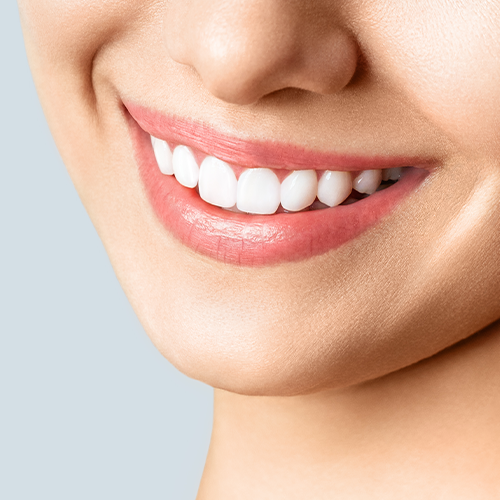
 Average length of stay
Average length of stay Length of stay in hospital
Length of stay in hospital Operation duration
Operation duration Anesthesia
Anesthesia Recovery Duration
Recovery Duration
